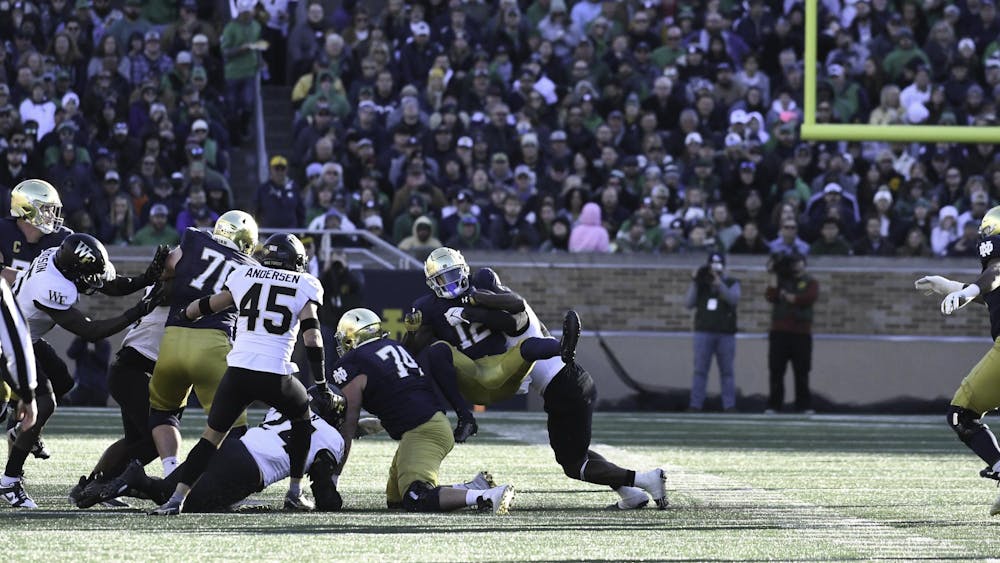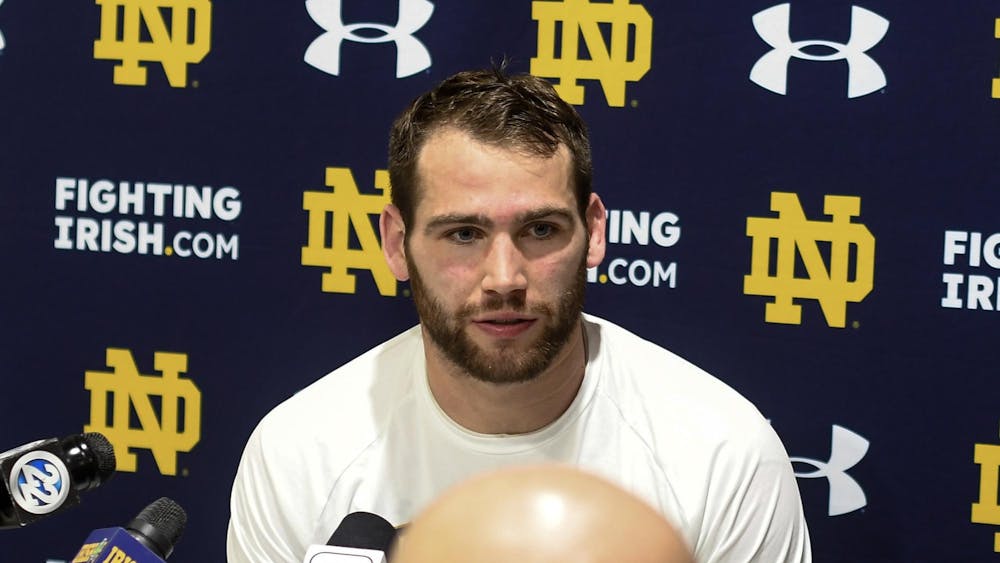The NFL Combine, which occurs every year in the last week of February, gives teams an opportunity to see just how athletic the players they are considering drafting are. The players, looking to boost or cement their draft stock, go through the gauntlet of tests such as the bench press, the vertical jump, 20-yard shuttle run and numerous other drills. Most players will complete position-specific workouts as well, to show off their football skills in addition to their athleticism. The Combine serves as an excuse to talk about football for both the media and fans, as it occurs about three weeks after the Super Bowl and well before the draft. This year, the NFL pushed the Combine into primetime to attract more viewers, despite objections from players and coaches, proving it is at least in part a media spectacle.
It is unclear exactly how much value teams place on the Combine. Journalists write dramatic articles with titles like, “This player made himself a lot of money at the Combine,” or, “That player cratered his draft stock.” Some players’ draft stocks have been greatly impacted by their performance at the Combine, such as former Lions wide receiver Calvin Johnson, Redskins running back Adrian Peterson and Texans defensive end J.J. Watt. All three moved up substantially in the draft in large part due to their incredible Combine performances. Other players, on the other end of the spectrum, have seriously harmed their draft stocks. However, in between these two extremes fall the vast majority of players.
There are a few reasons why the Combine is not as valuable as many think. First and foremost, Combine drills are not typically things that would happen in an actual game. Take the 40-yard dash. It is rare that a player would ever run 40 yards straight down the field. The only times those truly happen is on long runs and punt returns, and even then, the players are wearing full pads, which typically weigh about 20 pounds.
Additionally, look at the bench press. Strength is undoubtedly an important attribute, especially for positions like lineman. However, offensive linemen are usually attempting to push someone around who is much heavier than the 225-pound bench press, and the other player is actively trying to get by them. This could be discussed for nearly every drill in the Combine. Technique is just as important as strength for nearly every position.
The position-specific drills are also difficult to understand. There is little point in seeing a quarterback throw the football with no defenders covering his receiver, or watching a wide receiver run routes or catch the football with no defender to hinder his ability. It may be slightly more useful for positions where one-on-one battles are central, such as defensive back or lineman. But even then, scouts can see the same technique in person or on game film in a more meaningful situation. Almost every top prospect will participate in similar drills at his school’s pro day, which most of the the scouts will attend as well.
Admittedly, there are drills where the skill measured is tough to see on film. A good example of this is the three cone drill or shuttle run, especially for positions like offensive and defensive lineman, where lateral quickness and short bursts of speed are incredibly important but tough to measure on game film or in person. Another positive aspect of the Combine is that it gives teams the opportunity to interview players, which is incredibly important when everything these players do is under a microscope. Additionally, it may provide teams with an opportunity to scout players which may have previously not been on their radar. However, any of these things can also happen at a school’s pro day, rendering the Combine useless.
The Combine usually is not of any real value to players or teams, due to the unrealistic nature of the drills and the fact that there is much more to performance than simply athleticism. The Combine should be seen as what it is — a media spectacle and not as something that provides any indication of the future of the players participating.













